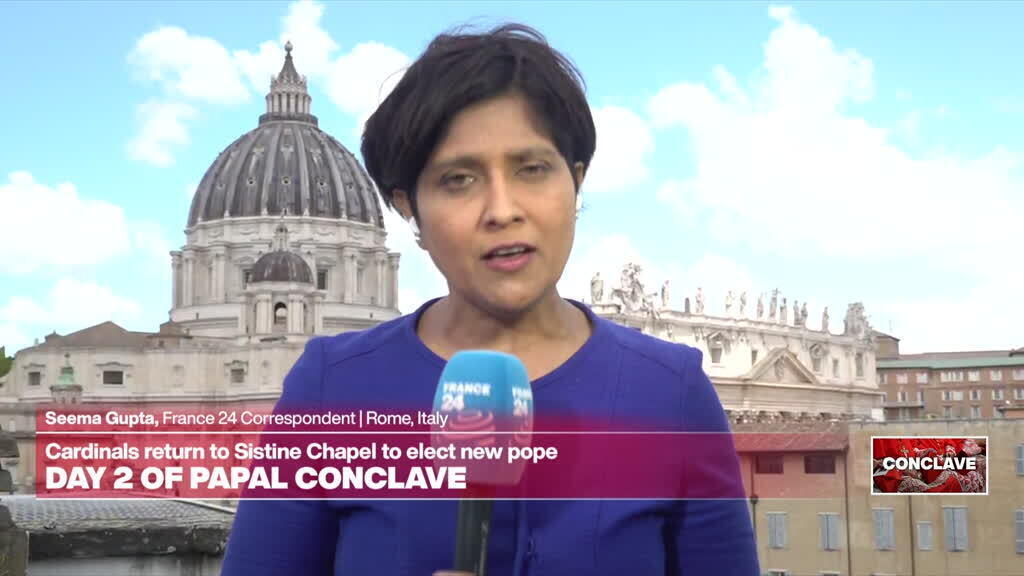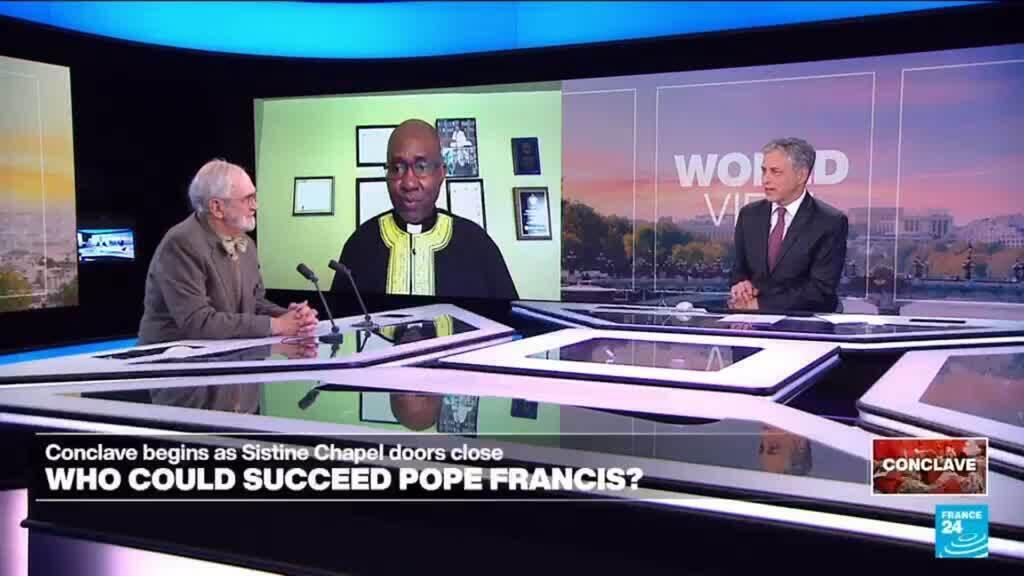The Cardinals convened at the Sistine Chapel for a conclave aimed at electing a new pope, but as of the morning of the second day of deliberations, they were unable to reach a decision. The conclave, which began amid great anticipation, has seen the Cardinals engaged in heated discussions as they reflect on the future direction of the Catholic Church.
As the voting process unfolded, it became clear that the Cardinals were facing challenges in achieving the necessary two-thirds majority required to elect a new pontiff. The differences in opinion regarding candidates underscore the various factions within the Church, each advocating for different priorities and approaches to leadership. The election process is a crucial event, given the ongoing issues the Church faces, including declining attendance, sexual abuse scandals, and the need for reform.
On the first day of voting, the Cardinals cast their ballots, with many expected to support their preferred candidates based on theological beliefs, administrative experience, and pastoral attributes. However, the results were inconclusive, leading to further rounds of voting. Each Cardinal is deeply aware that the pope’s role as a spiritual leader and decision-maker for over a billion Catholics worldwide is critical, and they approach their duty with a sense of gravity and responsibility.
The Sistine Chapel, adorned with Michelangelo’s profound artwork, serves as a symbolic backdrop for this momentous occasion. It stands as a site of sacred deliberation, where the weight of tradition meets the urgency for change. As the Cardinals deliberate, they are not only considering the immediate needs of the Church but also its long-term relevance in the modern world.
The absence of a clear frontrunner in the early rounds of voting indicates the complexity of the decision-making process. Various factions within the College of Cardinals advocate for different candidates, reflecting a spectrum of views ranging from conservative to progressive ideologies. This ideological divide has historically influenced papal elections and continues to play a significant role in the current conclave.
Moreover, the factors affecting the Cardinals' decision-making encompass not just spiritual guidance and administrative capabilities, but public perception and the global socio-political context in which the Church operates. The ongoing issues, such as social justice, climate change, and interfaith relations, are at the forefront of considerations, impacting the choice of the next pope.
As the conclave progresses into its second day, the atmosphere remains tense yet hopeful, as Cardinals navigate the complexities of their obligations to the Church and its followers. Discussions are expected to intensify as they consider the implications of their choice for the Catholic community and the broader world.
Ultimately, the Cardinals are tasked with selecting a leader who can unify the Church and inspire the faithful, a role that requires not just deep faith, but also compassion and insight into the challenges that lie ahead. The conclave will continue its deliberations, with all eyes on the Sistine Chapel as the world anticipates the selection of the next pope.
```











